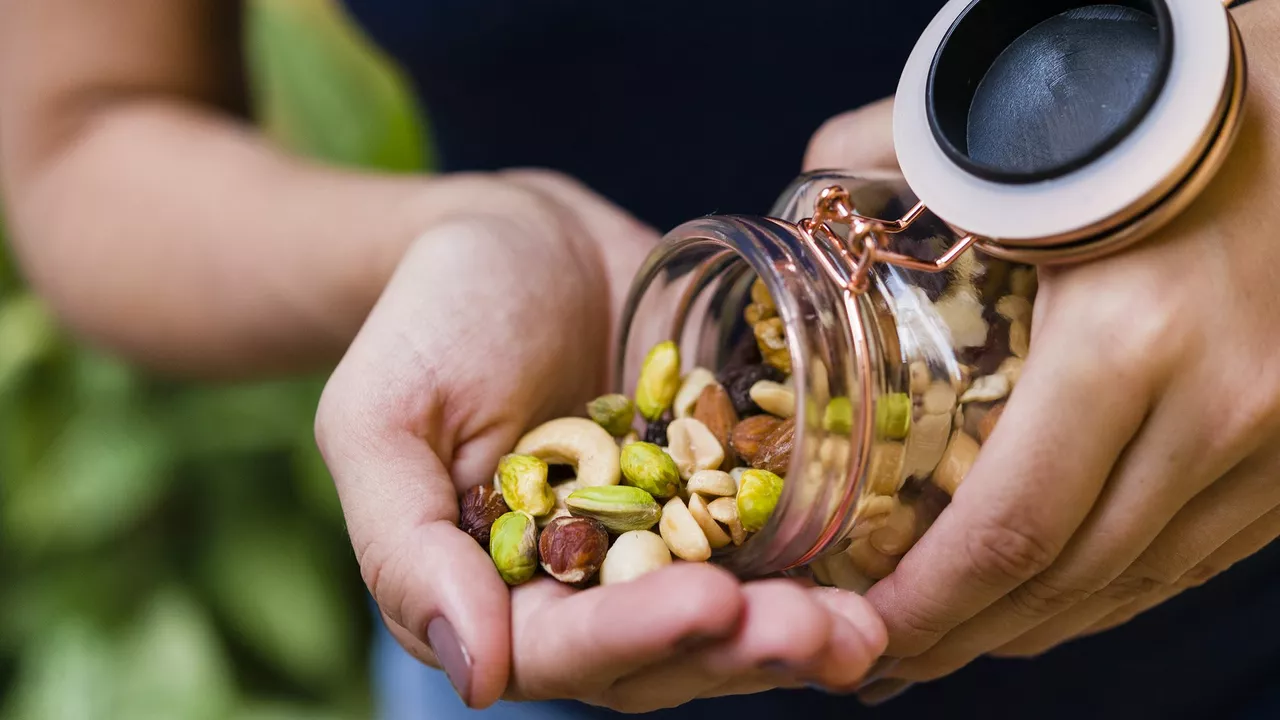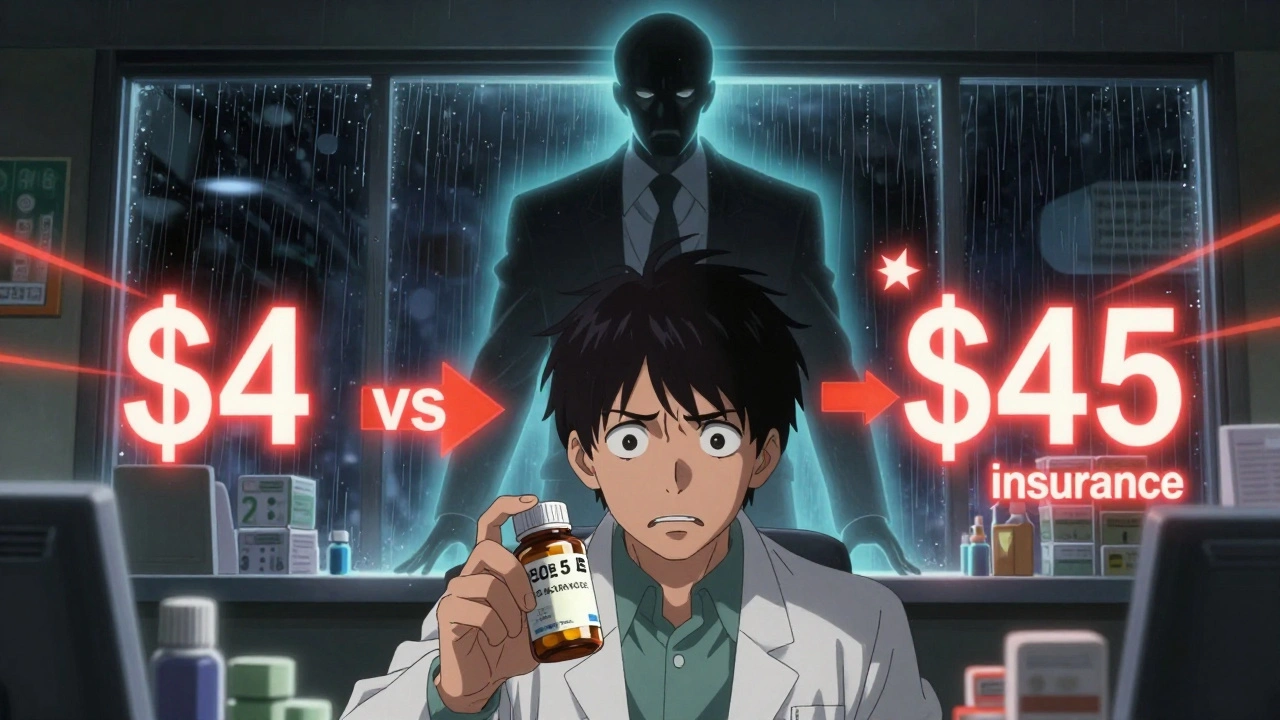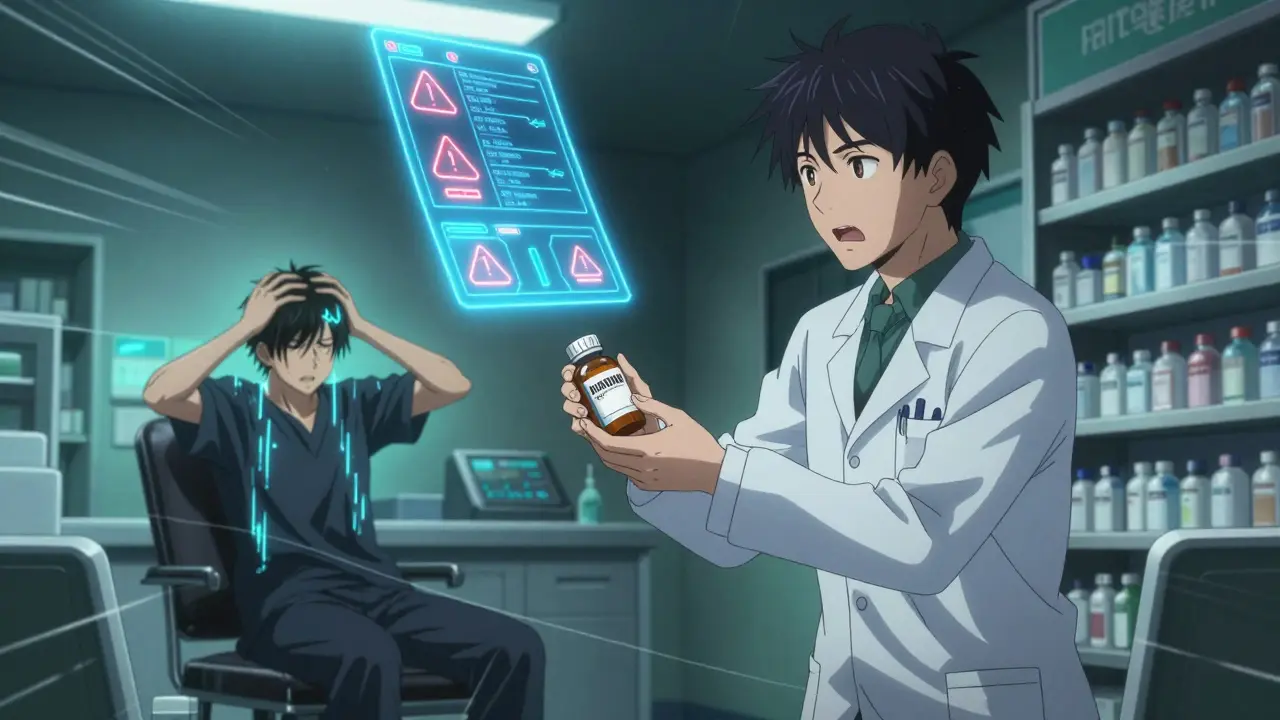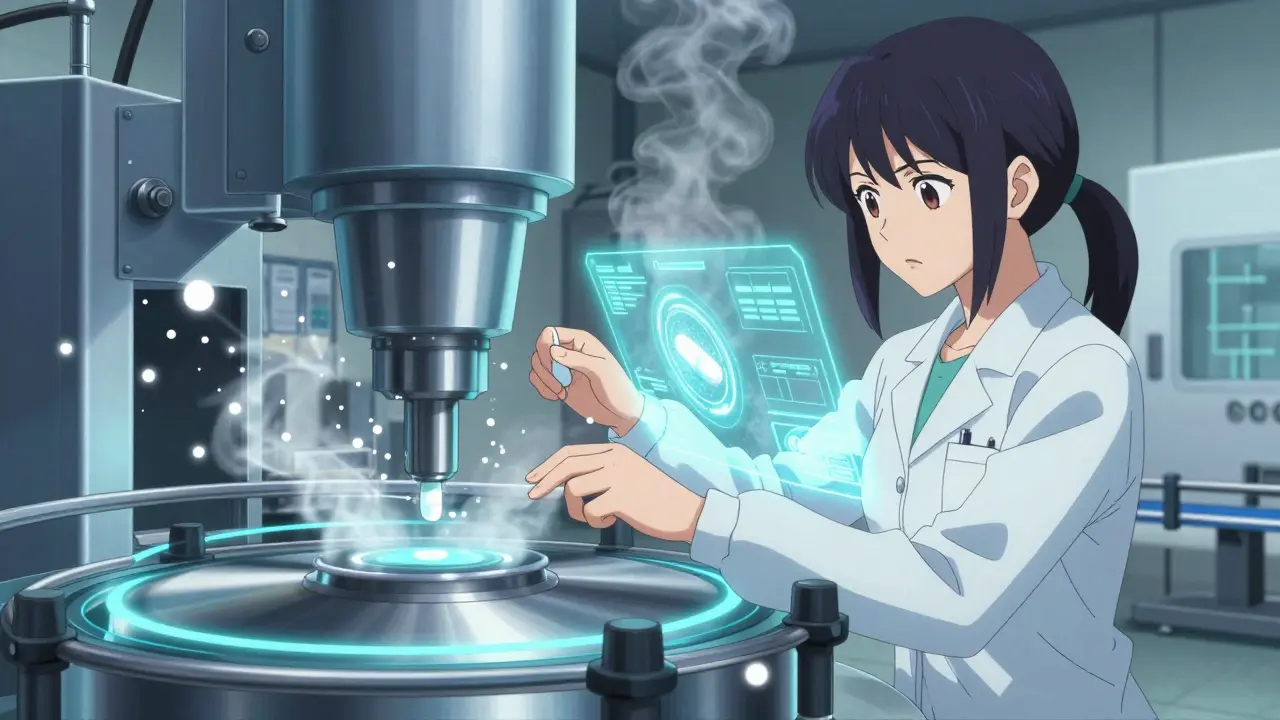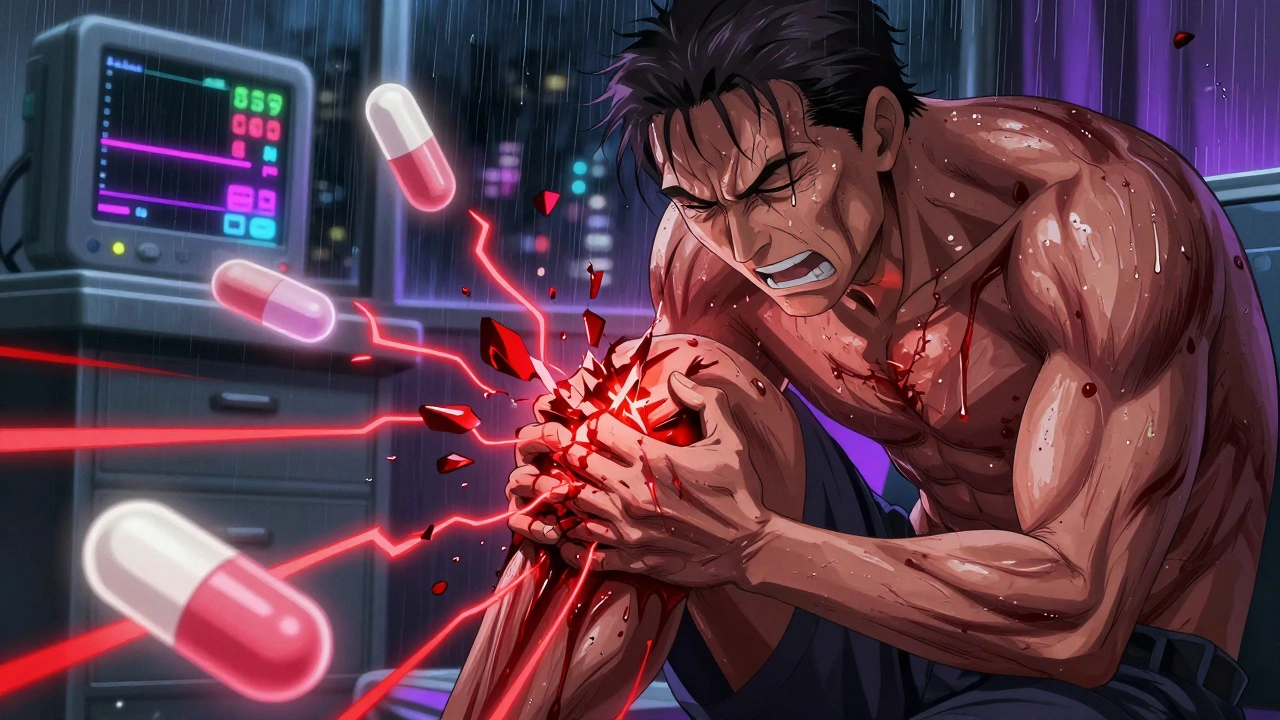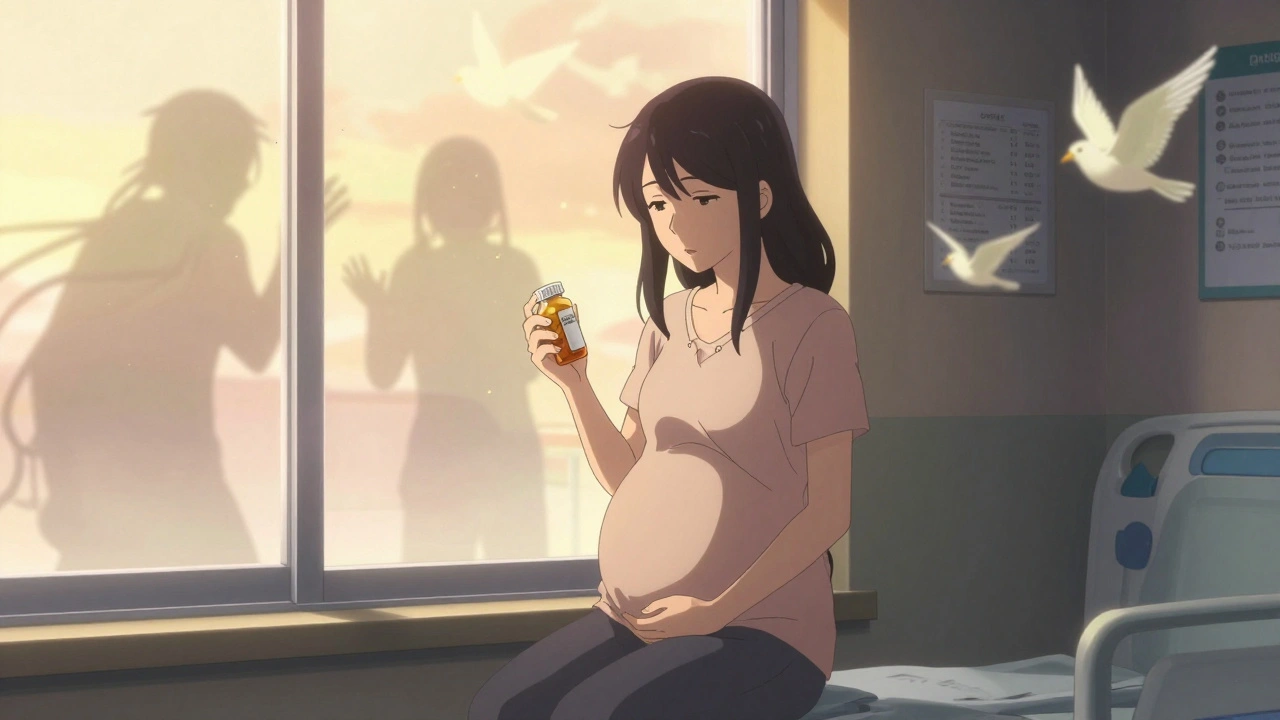Riboflavin (Vitamin B2): What It Does and How to Get Enough
A single vitamin turns food into energy and often makes your pee bright yellow — that's riboflavin. You need it to convert carbs, fats and proteins into fuel. It also helps keep skin, eyes and nerves working well. Deficiency is rare in wealthy countries but happens when diet is poor, alcohol use is high, or certain meds interfere.
Quick facts: adult men need about 1.3 mg/day; adult women about 1.1 mg/day; pregnant and breastfeeding women need a bit more. Riboflavin is water‑soluble, so your body doesn’t store large amounts. Extra is usually flushed out in urine, which explains that vivid yellow color after supplements.
Where it comes from
Real food sources are the best route. Try dairy (milk, yogurt, cheese), eggs, lean meats, liver, green leafy vegetables, almonds and fortified cereals. Milk loses riboflavin when exposed to light, so opaque containers matter. Cooking lowers some vitamins but riboflavin is fairly heat‑stable; light is the bigger destroyer.
Signs of low riboflavin
Watch for cracked lips and corners of the mouth, a sore or smooth tongue, flaky skin around the nose and eyebrows, and sensitivity to bright light. You may feel tired or notice a mild anemia. These signs can overlap with other deficiencies, so test results matter more than guessing.
Doctors check riboflavin status with a lab test called the erythrocyte glutathione reductase activity coefficient (EGRAC). If that looks off, they may recommend dietary changes or a supplement. For most people, changing what you eat fixes things fast.
Riboflavin also has practical uses beyond deficiency. High doses — often 400 mg daily — are used by some people to reduce migraine frequency. Clinical trials show benefit for some but not everyone, and that dose is way above the RDA, so talk to your doctor before trying it.
Who should watch their intake? Older adults, people with very limited diets, heavy drinkers, and those on restrictive fad diets are at higher risk. Certain medications and long‑term light exposure to milk products can lower levels. If you take supplements, expect bright yellow urine; it’s normal and harmless.
How to add more riboflavin today: pour milk from an opaque carton, eat an egg for breakfast, add spinach or almonds to a salad, and choose fortified cereal if you skip dairy. A daily multivitamin covers the basics for most people. If you suspect a problem, ask your healthcare provider for a simple test and targeted advice.
If you take prescription meds, mention riboflavin to your pharmacist. Some drugs and medical conditions can change vitamin needs. Your doctor can suggest the right supplement dose or blood test. Routine multivitamin doses are safe for most people, but high therapeutic doses need medical supervision to avoid problems or unexpected side effects.
Quick checklist: eat varied whole foods, store milk away from light, consider fortified options if dairy‑free, and consult your doctor before using high‑dose supplements for migraine or other issues. Small changes often fix low levels without drama.
Discover the Top 10 Benefits of Riboflavin: Your Secret Weapon for Optimal Health
Feast your eyes on this, folks! Riboflavin, the lean, mean, health-boosting machine, is a secret weapon you'll want to stock in your nutritional arsenal. This powerhouse vitamin has a whopping 10 benefits that pack a punch for your health. From turbocharging your metabolism to working double-time for eye health, riboflavin is the unsung hero we all need. Buckle up, health enthusiasts, we're about to take a wild and wacky ride on the Riboflavin Express to Optimal Healthsville!

